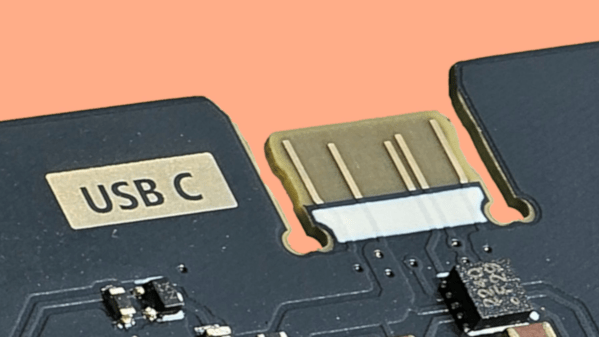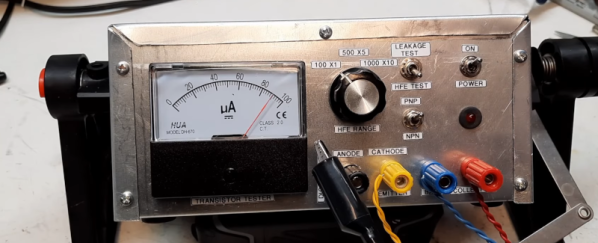For anyone who’s joined us for previous years, you’ll know that badge hacking and modification are core to the Hackaday Supercon experience. While you’re of course free to leave the badge completely stock, we encourage attendees to tear it apart, learn how it works, and (hopefully) rebuild it into something unique. There are even prizes for the best hacks.
As such, every decision about the badge’s hardware and software is made with hackability in mind. It’s why we always try to add an expansion port to the badge and, in recent years, have leaned into MicroPython to make it easier for attendees to modify the code.
But one thing that’s been largely missing in previous badges is aesthetic customization. Sure, you could strip out the firmware and write something entirely new, or hang some oddball peripheral off the side of the thing, but ultimately it still looked like the badge we gave you at the door. That’s because, at the end of the day, the badges are just PCBs. Short of designing your own enclosure (which has certainly been done), every badge looks the same. That is, until now.
Continue reading “The Supercon 2025 Badge Is Built To Be Customized”


















